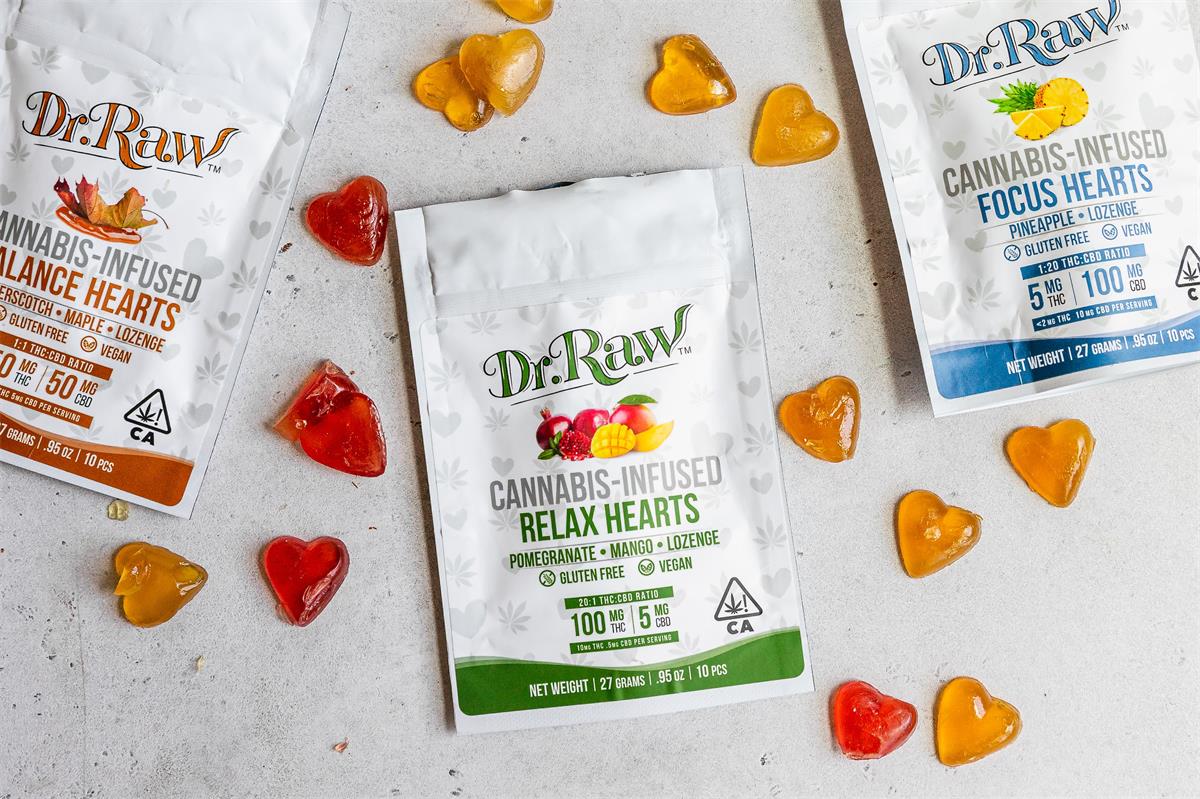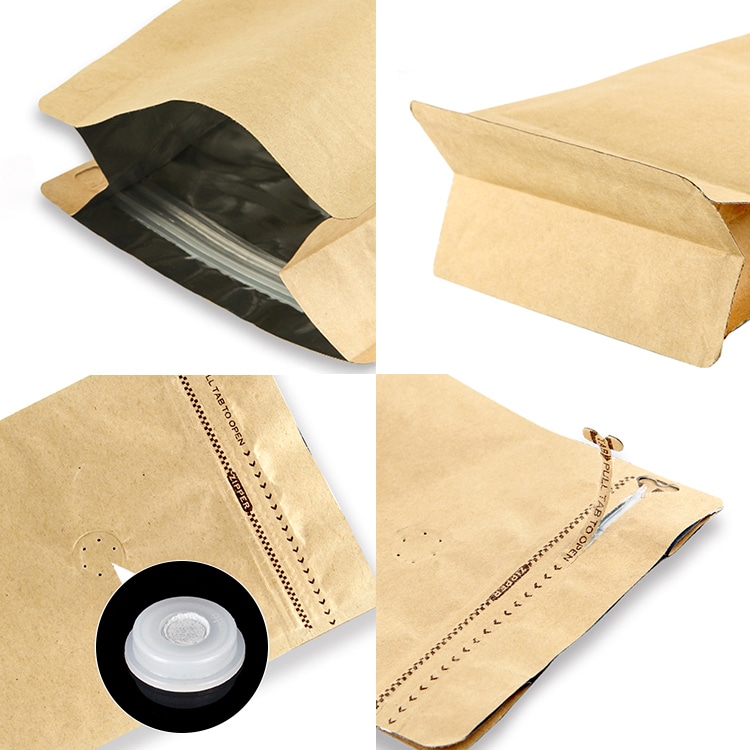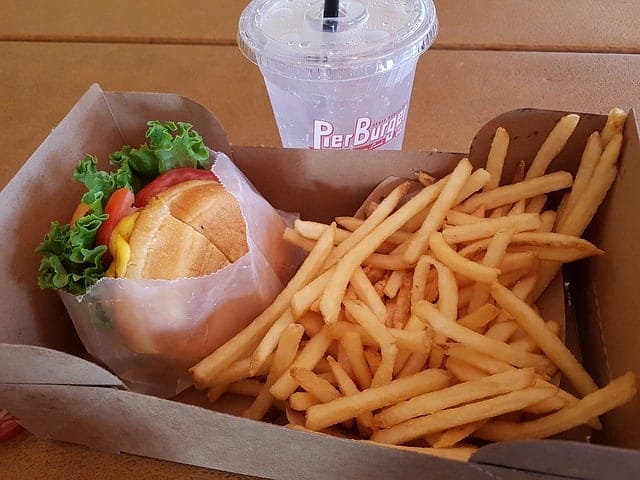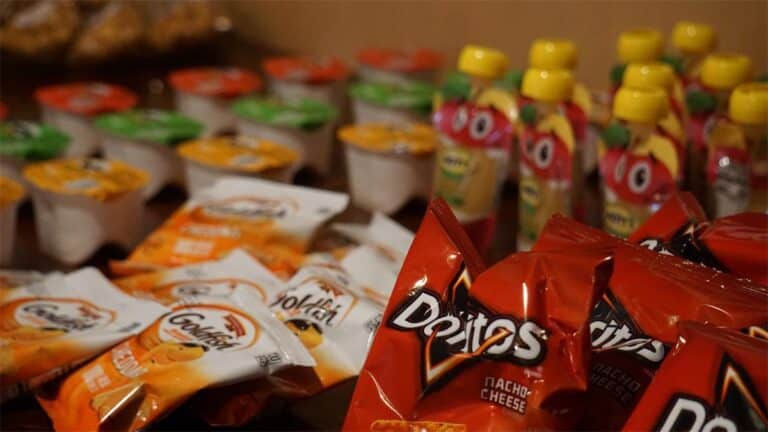食品包装袋和可持续替代品对环境的影响
食品包装袋和可持续替代品对环境的影响
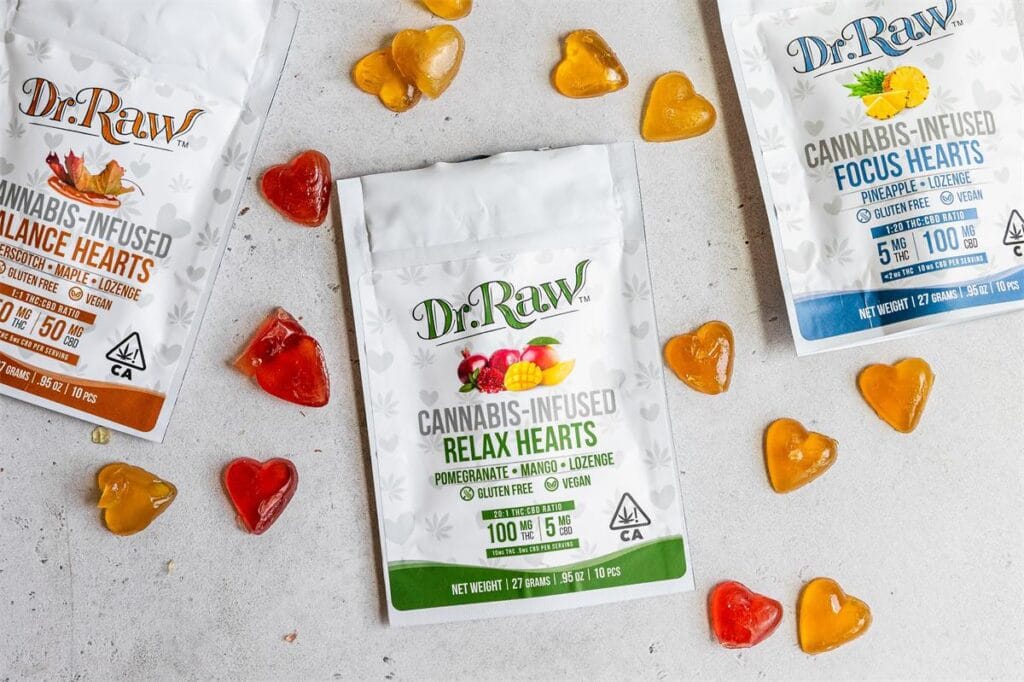
食品包装袋在确保安全方面起着重要作用, 保存, 和食品运输. 然而, 生产, 使用, 传统食品包装袋的处理和处置会对环境产生重大影响. 本文探讨了与食品包装袋有关的环境后果,并突出显示可持续的替代方案可以帮助减轻这些效果. 通过了解环境影响并考虑可持续选择, 我们可以朝着更加环保和负责任的食品包装行业发展.
- 传统食品包装袋的环境影响:
A. 碳足迹: 检查在食物包装袋的整个生命周期中产生的温室气体排放, 包括原材料提取, 制造业, 运输, 和处置.
乙. 废物产生: 讨论垃圾填埋场中塑料废物积累的问题, 海洋, 和生态系统, 及其长期环境后果.
C. 野生动植物和海洋污染: 探索塑料包装废物对野生动植物的影响, 海洋生物, 和生态系统, 包括纠缠和摄入危险.
d. 资源耗竭: 考虑有限资源的耗尽, 例如化石燃料和水, 在生产传统食品包装材料中. - 传统食品包装袋的可持续替代品:
A. 可生物降解和可堆肥材料: 探索使用可再生资源的生物塑料的使用, 例如基于玉米淀粉的聚合物和基于纤维素的材料, 可以自然生物降解和堆肥.
乙. 可回收材料: 讨论使用可回收包装材料的重要性, 例如高密度聚乙烯 (高密度聚乙烯) 和聚对苯二甲酸乙二醇酯 (宠物), 最大程度地减少浪费并促进循环经济.
C. 可重复使用的包装系统: 检查可重复使用的食品包装的增长趋势, 例如不锈钢容器, 玻璃罐, 和布袋, 这有助于减少浪费和依赖一次性包装.
d. 创新材料和技术: 突出新兴的可持续包装材料, 例如由海藻或植物性膜制成的食用包装, 以及包装设计和生产过程的进步. - 采用可持续替代方案的挑战和考虑:
A. 成本和可扩展性: 解决可持续包装材料和技术的成本含义和可扩展性, 以及在整个行业领养中的需求以降低成本.
乙. 消费者的看法和行为: 讨论消费者教育和意识在拥抱可持续包装方案和支持环保品牌方面的重要性.
C. 监管支持和标准: 强调需要强大的法规和标准,以鼓励使用可持续包装材料并为企业促进公平竞争环境.
d. 合作与利益相关者参与: 强调利益相关者合作的重要性, 包括制造商, 零售商, 决策者, 和消费者, 推动食品包装行业的可持续实践和创新.

结论:
食品包装袋的环境影响是一个紧迫的问题,需要紧急关注. 通过了解传统包装材料的后果并探索可持续的替代方案, 我们可以迈向更可持续和负责任的食品包装行业. 拥抱可生物降解和可堆肥材料, 促进回收和可重复使用, 鼓励创新和协作将为未来铺平道路,在该未来中,食品包装最小化其环境足迹并为更健康的星球做出了贡献.

